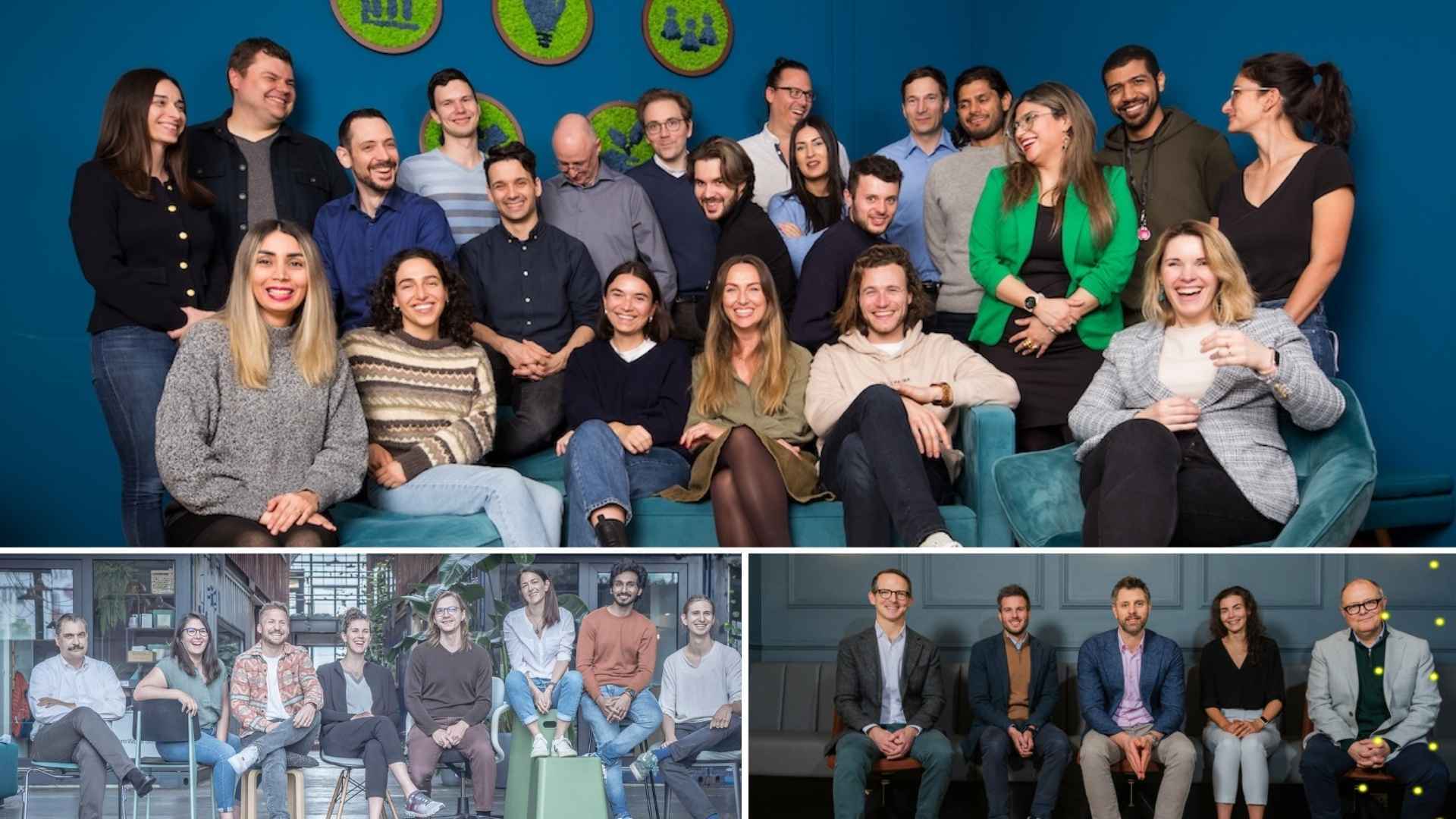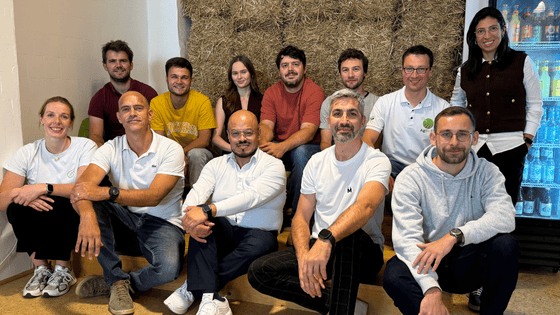
In 2021, bioenergy accounted for 59% of the total renewable energy consumption in the EU, and therefore around 13% of total energy consumption - a significant chunk in both cases. Specifically in the transport sector, biofuel consumption increased by 39% between 2013 and 2021. So, considering the widespread and increasing use, why hasn’t energy derived from biomass replaced energy from fossil fuels yet? Among other growing pains, there is an ongoing question about land use, often called the ‘food vs fuel debate’. Should we be dedicating arable land to growth of energy crops, when this limits the land available for food crops?
Bioenergy: An overview
Awareness of the issues related to fossil fuel consumption has risen almost exponentially, it seems, in the last few decades. However, their use has continued, mainly due to a lack of viable alternatives on the scale we need them at. Bioenergy has been used since the beginnings of humanity in the form of wood and charcoal for heat, but research into biofuels started in the 20th century, with interest stoked specifically during the 1970s oil crisis, with the exact same trigger we still face today - fossil fuel scarcity. Currently, there are four generations of biofuels available.
- The first generation, which arguably most embodies the fears behind the food vs fuel debate, uses food crops like sugarcane, wheat and corn, and processes that convert sugars, starches and oils into fuels. Although this generation does address the initial concerns about energy security and renewable sources, it also directly competes with food production.
- In contrast, the second generation uses non-food biomass, such as agricultural and forestry waste products. This approach significantly reduces the fear of competition with food crops. However, it faces much higher production costs, which hinder economic feasibility.
- Focusing on aquatic plants, the third generation eliminates the competition with food crops entirely, as these plants do not require arable land or fresh water. Nevertheless, similar to the second generation, the harvesting and processing of microalgae are costly.
- Finally, the fourth generation involves genetically modified microorganisms like bacteria, yeast, and algae as biofuel producers. These organisms are engineered to enhance specific traits, improving production yields. However, the challenges of high costs and regulatory restrictions on genetic modification still persist.
The Calorie Gap
In the light of the issues regarding economic viability, first generation biofuels can appear to be the best option. However, considering purely food crops, there are also issues regarding space and production. Comparing the amount of crop calories produced in 2010 and those needed in 2050, there is a 56% deficit, assuming growth continues as usual. In addition to this, there is a 593 million hectare land gap in that same time frame. Completely eliminating biofuel production from agricultural lands would take the food gap from 56 to 49%.
Finding a compromise
As of 2023, biofuel production encompassed majority first and second generation processes. However, regulations like indirect land use change proposals are pushing for a shift towards second and third generation processes. One must also acknowledge the other factors involved in global hunger, like food waste, conflict, and climate emergencies, the third of which biofuels can even help to alleviate. The ethical argument against biofuels is largely an emotional one, triggered by the global food crisis in 2007-2008. Although there of course has to be a trade-off in terms of land use, there does not seem to be a well supported argument that supports the complete end of the use of biofuels.
Regarding their future, there is significant promise. Although the economic barrier is not to be dismissed, the third EU Renewable Energy Directive (RED III), which came into effect this year, has set high targets for renewable energy consumption, with a 14.5% reduction in greenhouse gas intensity being the goal. Legislation such as this can lead to financial incentives for fuel suppliers to invest in biofuels. Beyond this, the mindset towards GMOs (genetically modified organisms), such as those used in the production of fourth generation biofuels, is ever evolving. Studies show that experts and stakeholders said they would be willing to use such biofuels if they were subject to a closed loop production process, eliminating unforeseen environmental effects. Overall, the field of bioenergy is one that shows constant development, and may yet become an even more significant player in the push to replace fossil fuels.
Bioeconomy Deep Dives
At Rootcamp, we’ve been exploring topics within the bioeconomy, including lignin and industrial hemp. Through two workshops and a report on industry hemp, we’ve connected agricultural and industrial stakeholders to identify innovation gaps and challenges, in collaboration with the Bundesministerium für Landwirtschaft, Ernährung, und Heimat (BMLEH) through Rentenbank.
As demand for bio-based materials grows, driven by industries moving away from fossil resources, food security and climate resilience remain critical. The Nexus Bioeconomy event on 26.08 at RootCamp, Hannover, will address how to boost biological production and use resources efficiently. Join us and help shape practical solutions for the bioeconomy transition. Sign up here!
/rootcamp_logo_white_2022.png?width=2123&height=630&name=rootcamp_logo_white_2022.png)

/RC%20logo%202022.png?width=2325&height=703&name=RC%20logo%202022.png)






